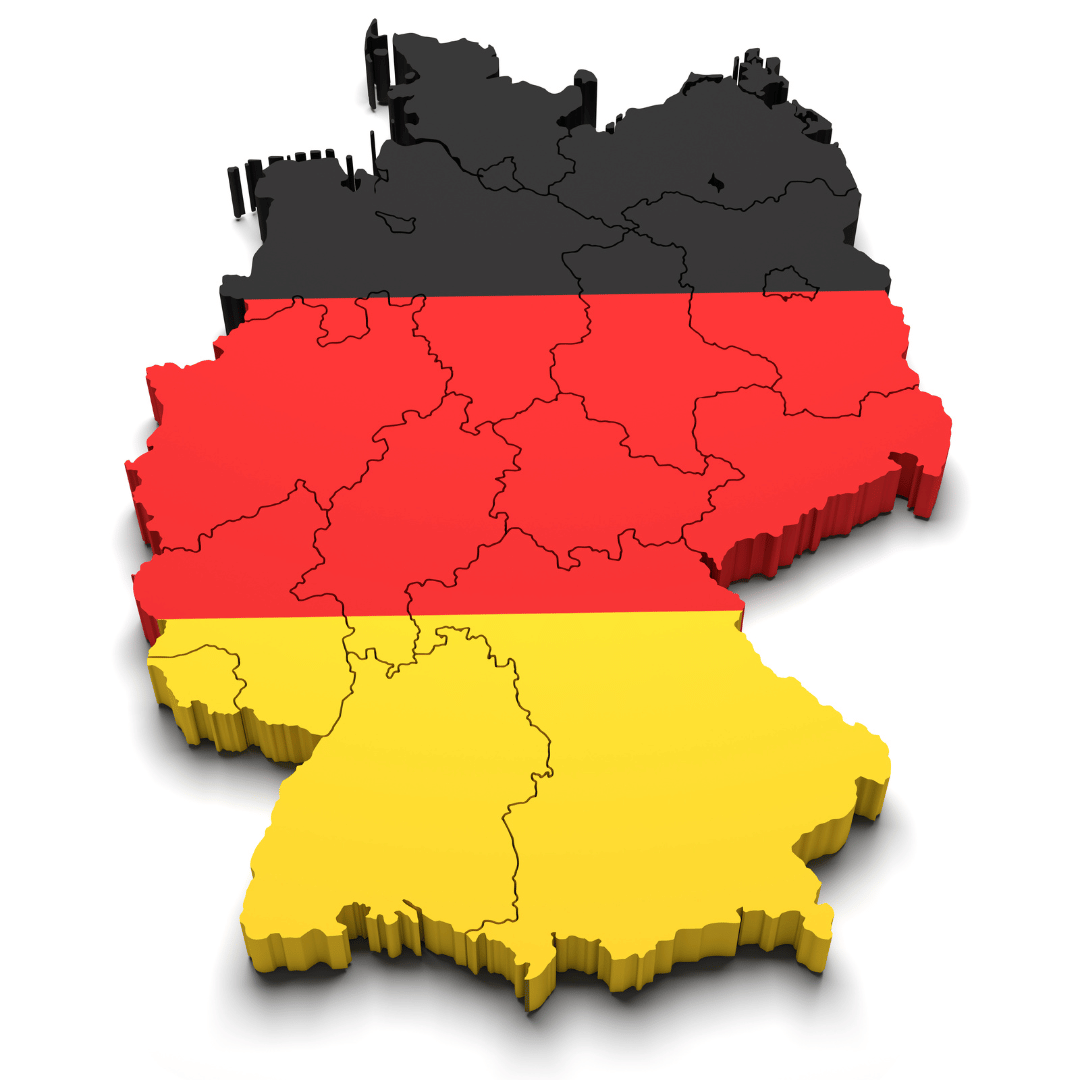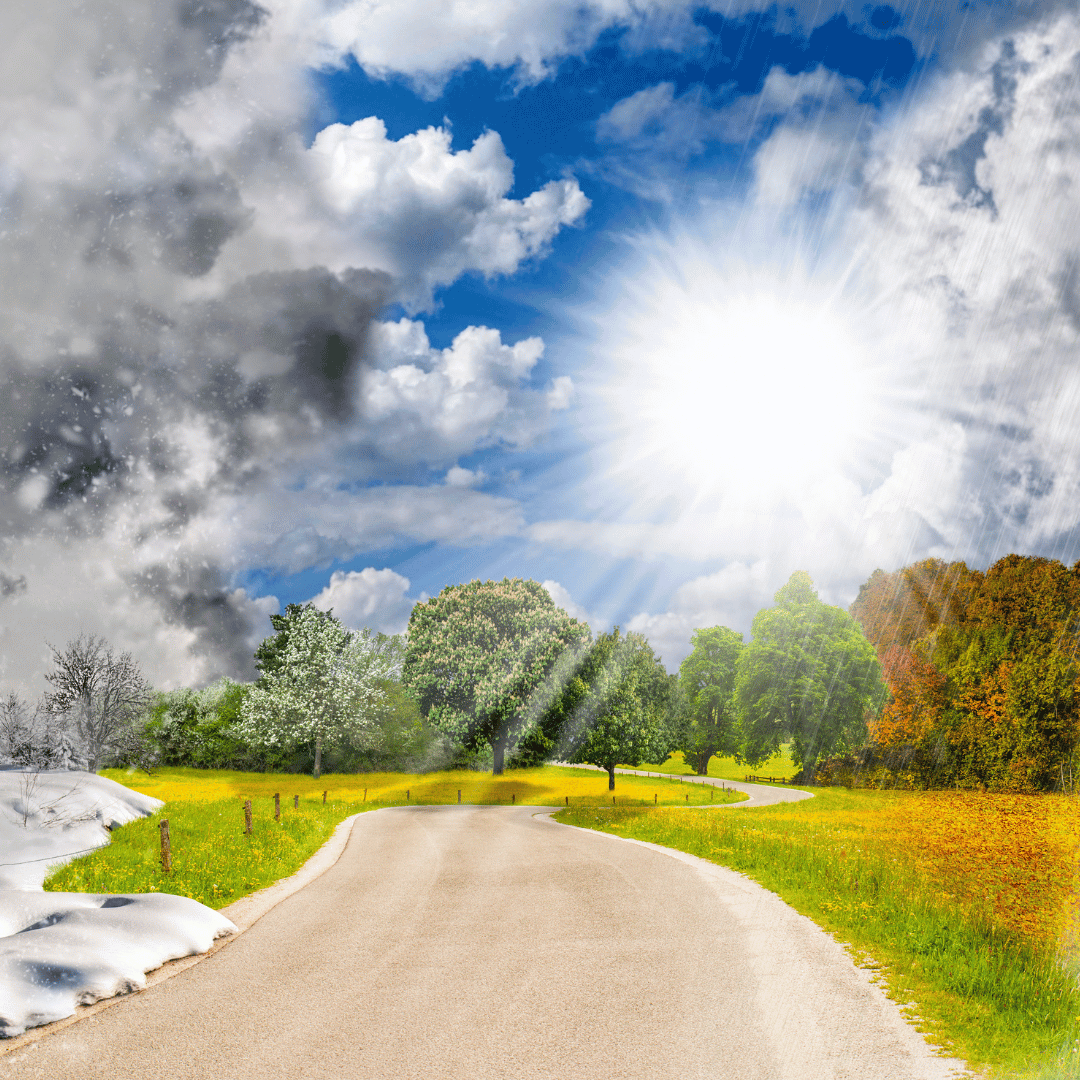FEDERAL STATES OF GERMANY
Germany’s location in Central Europe is defined by the North and Baltic Seas to the north as well as its neighbouring borders.
The Federal Republic of Germany extends from the Alps in the south to the North and Baltic Seas.
Neighbouring countries of Germany are:
Denmark, Poland, Czech Republic, Austria, Switzerland, France, Belgium, Luxembourg and the Netherlands.
Germany is divided into 16 federal states (Bundesländer):
Baden-Württemberg, Bavaria, Berlin, Brandenburg, Bremen, Hamburg, Hesse, Lower Saxony, Mecklenburg-Vorpommern, North Rhine-Westphalia, Rhineland-Palatinate, Saarland, Saxony, Saxony-Anhalt, Schleswig-Holstein, and Thuringia.
Most of the federal states are fairly large in terms of their surface area. However, Berlin, Hamburg and Bremen are categorised as city-states, as these are cities that simultaneously have federal state status.

CLIMATE



Generally speaking Germany’s weather is known to be wet, cloudy, and a bit unpredictable, the summer is mild up to 35 degrees in the two summer months.
The German landscape is filled with dense clean forests, verdant meadows, and rolling green hills.
You’ll also find Germany’s climate to be a good fit if you want to be in a place with four distinct seasons. These fluctuations in weather offer a wide range of activities throughout the year outside.
In addition to four seasons, Germany can be divided into four separate climate zones:
Northwestern, northeastern, southeastern, and southwestern –
whereas each zone has its own variations and characteristics.
4 Climate Zones
Southwest
The southwestern region is:
Baden-Württemberg, Hessen, Rheinland-Pfalz and Saarland.
These are the main cities: Frankfurt, Stuttgart, Karlsruhe, Heidelberg and Freiburg.
This region has arguably the most favorable climatic conditions.
Germany’s southwest is the warmest part of the country.
Northwest
The northwestern region is:
North Rhine-Westphalia, Lower Saxony, Bremen, Hamburg and Schleswig-Holstein.
The northwestern region is the most densely populated area of Germany, resulting in less green space.
The North is also called the cool north, which is also reflected in the disposition of its people.
Northeast
The northeastern region is:
Mecklenburg-Vorpommern, Brandenburg, Berlin, Saxony-Anhalt, Saxony and Thuringia.
The temperatures along the Baltic Sea coast are more moderate. The rest of the region can become quite frosty due to Siberian cold fronts.
This region can still be influenced more by the former regime, therefore immigrants are sometimes not received as warmly there.
However, Berlin, as an exception, is known for its open-mindedness and multi-culture.
Southeast
The southeastern region is Bavaria.
The Southeast is a very traditional region.
Therefore you might find more reserved people here.
In July, Munich has on average 25 sunny or partly cloudy days, and 17 days of precipitation.
Bavaria is also home to the foothills of the Alps.
In higher elevations of the area snowfall and inclement will increase greatly.
Munich is known for high living-standard and costs, but also for well-paid job-opportunities.

